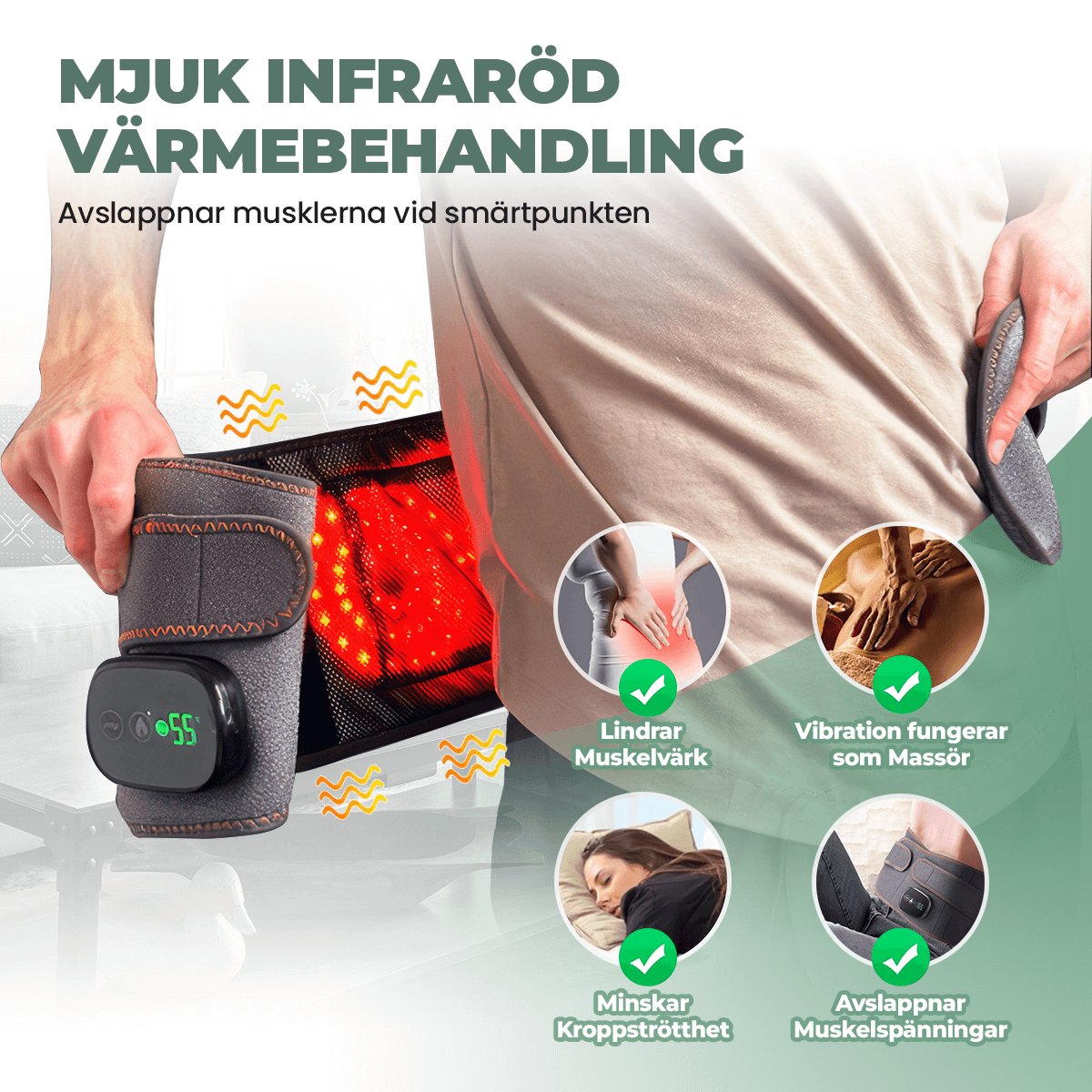Whiplash: Symptoms, Causes, and Treatment

What is Whiplash? Definition, Whiplash Injury, and Diagnosis
Whiplash, also known as whiplash injury, is an injury to the neck that occurs from sudden movements, often after being rear-ended in a car accident. When the head is violently thrown forward and then backward, several structures in the neck can be damaged, including muscles, ligaments, and nerves in the spine. The injury can vary in severity and affect different parts of the neck.
After the accident, patients often experience pain, stiffness in the neck, headaches, and numbness. Sometimes neurological findings that affect neck function also develop. It is important to seek care for an accurate diagnosis and treatment since early intervention with rest, physical therapy, and pain relief is crucial for recovery and preventing long-term issues.
Symptoms of Whiplash: Common Signs, Neurological Issues, and WAD
Common symptoms of whiplash injury include:
- Pain and stiffness in the neck
- Headaches, often at the back of the head
- Numbness or tingling in the arms
- Pain radiating down into the shoulders and back
- Fatigue and difficulty concentrating
- Dizziness and balance problems
The symptoms of whiplash can vary in intensity and duration. Some patients experience immediate issues while others develop symptoms gradually over the days following an accident. For many, neck pain and limited mobility in the neck are the most prominent symptoms. In more severe cases, particularly with Whiplash Associated Disorder (WAD), patients may also experience neurological symptoms that affect nerves and can cause sensory changes or muscle weakness.
A whiplash symptom test is often performed by doctors to assess the extent of the injury and rule out more serious problems such as fractures.
Causes of Whiplash Injury: Traffic Accidents, Whiplash Injury, and Ligament Issues
Several factors can contribute to the development of whiplash:
- Sudden backward or forward movement of the head (e.g., during car accidents)
- Sports-related injuries
- Fall accidents where the head moves rapidly
- T trauma to the neck
When rear-ended in a traffic accident, there is a particularly high risk of suffering from whiplash. During this sudden movement, neck muscles and ligaments can be stretched or torn, causing inflammation and pain. Even small joints between vertebrae in the spine can be injured. The meaning of whiplash encompasses this very mechanism where the head is thrown back and forth like a whip crack, which is where its English name originates.
Diagnosis and Treatment of Whiplash
| Behandlingsmetod | Beskrivning | Fördelar med NackKomforten™ och Termoreliever™ |
|---|---|---|
| Fysisk undersökning | Bedömning av nackens rörlighet och smärtnivå | NackKomforten™ ger stöd under utvärderingen |
| Värme- och kylbehandling | Lindrar smärta och minskar inflammation | Termoreliever™ erbjuder både värme- och kylterapi |
| Fysioterapi | Övningar för att återfå rörlighet och styrka | Stödjer rehabilitering med NackKomforten™ |
| Smärtlindring | Antiinflammatoriska läkemedel vid behov | Kan minska behovet av starkare smärtstillande |

How NackKomforten™ and Termoreliever™ Can Help: Treatment for Whiplash and Reduction of Long-Term Symptoms
NackKomforten™ and Termoreliever™ offer several benefits for individuals with whiplash:
- NackKomforten™ provides support and stability to the neck, which can alleviate pain
- Termoreliever™ offers both heat and cold therapy to reduce inflammation and tension
- The combination helps improve mobility and reduce discomfort
- The products can be used during daily activities for continuous support
- Contributes to faster recovery and reduced risk of relapse
For patients with whiplash symptoms, these aids can make a significant difference in the daily management of their issues. Termoreliever™ helps control inflammation in the injured muscles and ligaments, while NackKomforten™ provides the necessary support to reduce strain on the sensitive structures of the neck during the healing process.
Treatment for whiplash should be individually tailored, and these products can be integrated into a comprehensive treatment plan designed by healthcare professionals.
Conclusion: Summary of Diagnosis, Treatment, and Whiplash Associated Disorder
Whiplash is a painful neck injury that can often be effectively treated with the right diagnosis and measures. By combining rest, physiotherapy, pain relief, and the use of aids such as NackKomforten™ and Termoreliever™, many individuals can manage their symptoms effectively. It is important to seek professional help if symptoms persist or worsen.
Long-term issues after whiplash may occur, especially if treatment is delayed or inadequate. Therefore, it is crucial to take symptoms seriously and begin treatment as soon as possible after the accident. With proper care, most patients can expect a good recovery, although the healing time may vary from person to person.
Frequently Asked Questions (FAQ)
How long do the symptoms of whiplash last?
The symptoms can vary, but many experience improvement within a few weeks with the right treatment.
Can I exercise with whiplash?
Light exercise and specific workouts are often recommended, but consult a physiotherapist for a tailored program.
How do I use Termoreliever™ for whiplash?
Use cold therapy for the first 48 hours to reduce inflammation, followed by heat therapy to increase blood circulation.
Is surgery necessary for whiplash?
No, most cases of whiplash can be treated conservatively without surgery.
Can I use NackKomforten™ all day?
Yes, NackKomforten™ can be used throughout the day to provide support and relieve tension in the neck.
